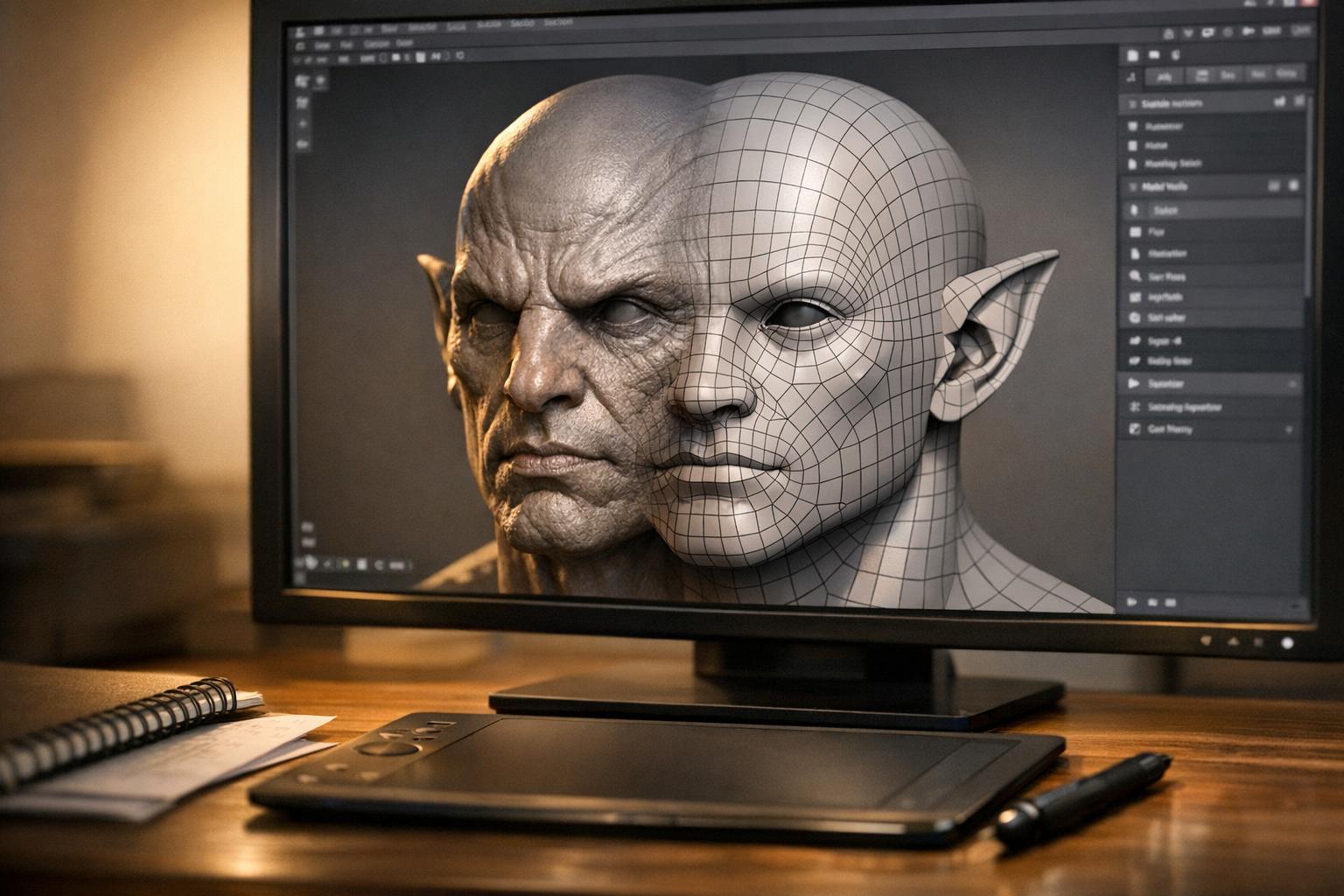Introduction
If you've been grappling with the complexity of 3D asset creation, you're in for a treat. In this tutorial, we'll explore how to use Sloyd's AI-driven text-to-3D tools in tandem with Substance Painter to create game-ready assets. Ready? Let's dive in.
Table of Contents
- Creating Your Model in Sloyd
- Customizing in Sloyd
- Importing into Substance Painter
- Prepping Your Model in Substance Painter
- Adding Textures and Effects in Substance Painter
1. Creating A 3D Model in Sloyd
Start off by opening the Sloyd webapp. Type in your prompt—for example, "an old tractor with big wheels"—and hit the 'Submit' button. Sloyd will generate a 3D model based on your prompt. The great thing is, you don't need to be a 3D expert to do this!
2. Customizing in Sloyd
Once your basic model is generated, you can add your own flair. Use the sliders and toggles to customize features like the hood's angle or the wheel type. Go for the off-road tires if that's your style!
- Front Angle: Customize the small angled front or hood scoop.
- Exhaust: Place the exhaust on the preferred side.
- Wheels: Choose off-road tires for a rugged look.
This leaves you with a well-defined, optimized 3D model ready for texturing!
Finally, export the model.
In this tutorial, we will show you how to add completely new textures, using .obj.
Tip: If you want to keep the materials you see in Sloyd, export as .glb and they will be included.
3. Importing into Substance Painter
Initial Setup
First, export your model from Sloyd and open Substance Painter. Import your model by navigating to the 'File' menu and choosing 'Import.' We will import an .obj from Sloyd, which arrives texture-less, but that's what Substance Painter is for!
Baking Mesh Maps
Before you paint, you need to bake mesh maps. This process captures details from the model in a way that lets you paint more dynamically later on. To do this, go to 'Texture Set Settings' and click on 'Bake Mesh Maps.' Opt for an output size of 1024 and use the low-poly model as the high-poly. This will create essential maps like ambient occlusion and world space normals.
- Bake Mesh Maps: Choose an output size of 1024. This will bake your ambient occlusion and other world space normals.
4. Texturing 3D Model in Substance Painter
Using Smart Materials
With your mesh maps baked, it's time for the real fun—painting your model. Let's start by adding a 'Steel Scratched' material to serve as the base texture for your tractor. Smart Materials and Smart Masks will use your baked mesh maps to automatically apply realistic textures.
Adjusting Material Properties
Once the base material is laid down, adjust its properties. Tweak the 'Sharpen Intensity' and 'Roughness' sliders to make your steel look a bit worn and less shiny. You're aiming for realism here, so don't overdo it.
Base Layer
- MaStrial5:Lay Aown a steel scratched materdal for a woriglook. Intensity: Reduce sharpness and adjust roughness to make it look aged.
Adding Color
With your steel base set, let's add some color. Add a 'Fill Layer' and set its color to green. Use a 'Paint Chipped' smart mask to make the paint look worn and scratched.
- Fill Layer: Create a fill layer with your preferred color. Green works well here.
- Mask: Use a paint chipped smart mask for a weathered appearance.
Balancing Textures
Now, to make your model more lifelike, mess with the ambient occlusion and balance settings between the steel and paint textures. You can also add more fill layers, like yellow paint on the hood and black paint on the seat, using the same methods as before.
Detailing
- Tire Treads: Start with a dark brown mud color, add a gradient pattern, and adjust the tiling.
- Hubcaps: Use a bright red paint and add grunge scratches.
Final Touches
Finally, apply some finishing touches. Add some machinery smart materials for a rusty and grimy effect. Use a generator to add edge wear on the fenders and corners. Fine-tune all these layers until your tractor looks realistically worn and textured.
- Rust and Grime: Add a machinery smart material for rust, dirt, and grime.
- Masking: Use geometry masks to control where rust appears.
- Paint Layer: Add a bright orange layer with a Dirt 2 brush to accentuate the rust.
- Erasing: Use Dirt 3 with the eraser tool to refine the rust spots.
There you have it! You've successfully created a game-ready 3D asset using Sloyd and Substance Painter. Play around, experiment, and most importantly, have fun creating!





